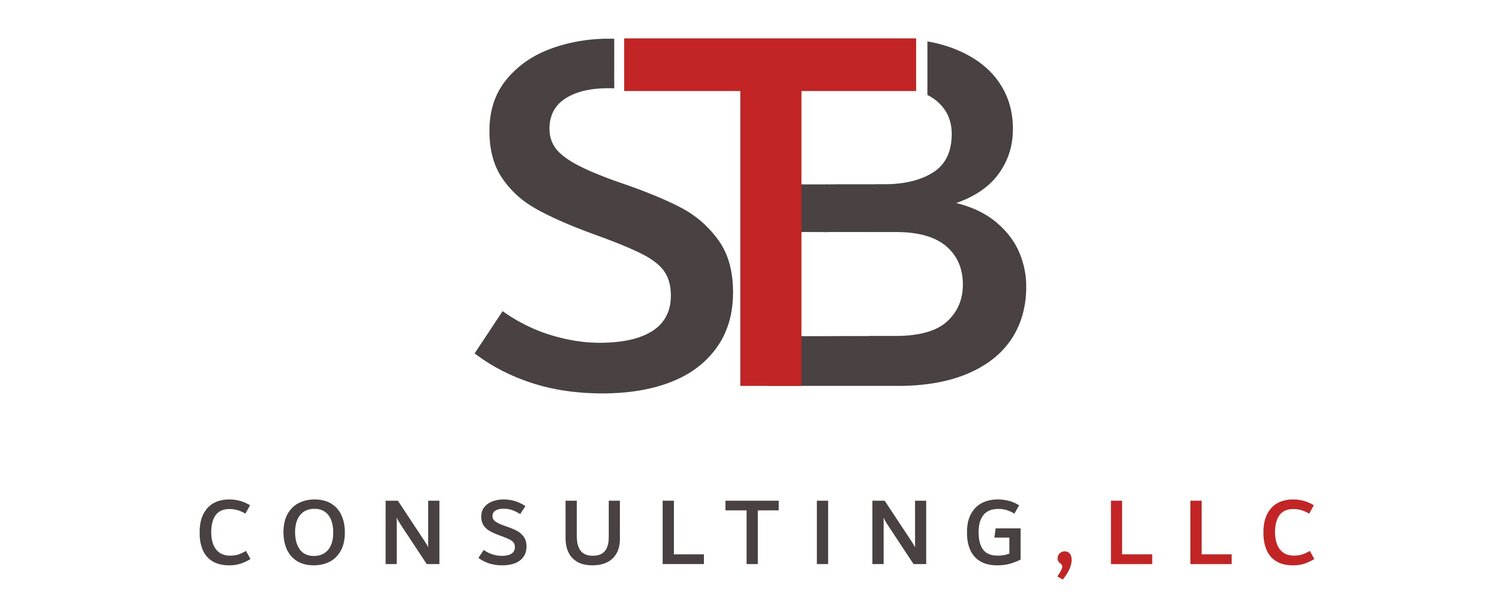Project Management Tools vs. Task Management Tools – Is there a difference?
“Back in the day” when I began working as a program manager, Microsoft Project was the hottest ticket on the market in terms of being the best and most widely used project management tool. Since that time, there are several project management and task management tools that have come onto the market. I’m sure you’ve heard of at least a few – Asana, Monday.com, Basecamp, and Smartsheet are just a few examples. Which ones are the “best”? How do you know which one is right for your project management needs? Though I’ve used multiple project management tools outside of Microsoft Project over the course of my career, last year I made a conscious effort to dive into some of the newer tools to understand the varying tool capabilities. Not every organization needs the same tool, right?
Before we dive into specific tools, let’s talk project management vs. task management. Whether someone has professionally worked as a project manager or not, they have likely managed a project and have also managed tasks. Let’s start with a couple of definitions:
A project is a “temporary endeavor undertaken to create a unique product, service, or result. The temporary nature of projects indicates a beginning and an end” according to Project Management Institute (PMI). Projects have milestones and clear outcomes.
A task is a single unit of work. Several tasks may be tackled to complete a project. Alternatively, tasks are sometimes completed outside of project work.
An example of a project is planning a wedding. There are many tasks for such a project, including finding a venue, sampling delicious cakes, finding the perfect flowers, deciding who to invite, etc. There is a beginning and an end to this project. The result is hopefully a happily wedded couple and a fun time had by all!
Though projects always consist of tasks, tasks don’t always take place within a project. Sometimes you have “things to do” which may be simple activities such as paying your phone bill, scheduling your annual doctor appointment, or brushing your teeth. These are examples of tasks that have nothing to do with a project.
Now that we’re on the same page regarding projects and tasks, it should be understandable that task management tools aren’t necessarily sufficient for project management.
Today there are many “project management” tools on the market. Though they are referred to as project management tools, in my opinion, many are for task management. When evaluating project management tools for my own use or for client use, I like to evaluate the tool with several criteria in mind.
My first considerations:
Gantt Chart capability – A Gantt chart is a useful way of showing activities (tasks or events) displayed against time. This is a must for me.
Task dependencies – A project management tool should have the ability to set task dependencies. This helps with schedule development and management.
Project baselines – When managing a project that is using a predictive (or waterfall) approach, it’s helpful to be able to set your original, or baseline, project schedule that you’re working towards in addition to having the ability to track your actual schedule performance.
Reporting/dashboards – It’s also helpful for both the project manager and leadership to be able to reference reports and dashboards that provide key information about the project. Reporting and dashboard needs are unique to each organization.
Price/cost – The price of the project management software is another factor to be taken into account. To understand price, organizations need to understand how many individuals will need access to the tool and what level of access is needed.
Additional considerations:
Collaboration – Some project managers may enjoy working with a tool that allows for collaboration within the tool instead of needing to use email and team meetings for all project correspondence. Many tools allow for correspondence within the tool regarding task assignments, task updates, etc.
File storage – Many organizations already have file systems in place for project documentation. Other organizations may not and, therefore, may desire to have the capability to file key project documents within their PM tool. If document storage within your PM tool is a must, then include this in your evaluation checklist as you are considering the right PM tool for your organization.
Resource management & Time tracking – Depending on the needs of your organization, you may want to use your project management tool for resource management. Some tools give you the ability to track resource utilization within your project as well as across projects. You may also want the ability for team members to track their time against project tasks.
Budget tracking – Some tools allow project managers and leaders to track planned spend vs. actual spend for each project.
Integration with other tools – One tool does not handle all our business needs, and you may want the capability of integrating your project management tool with other tools within your organization. If this is important to you and your organization, add this consideration to your evaluation checklist as well.
For further helpful tips in the areas of project management and strategy, feel free to join my email list and follow me on LinkedIn.
